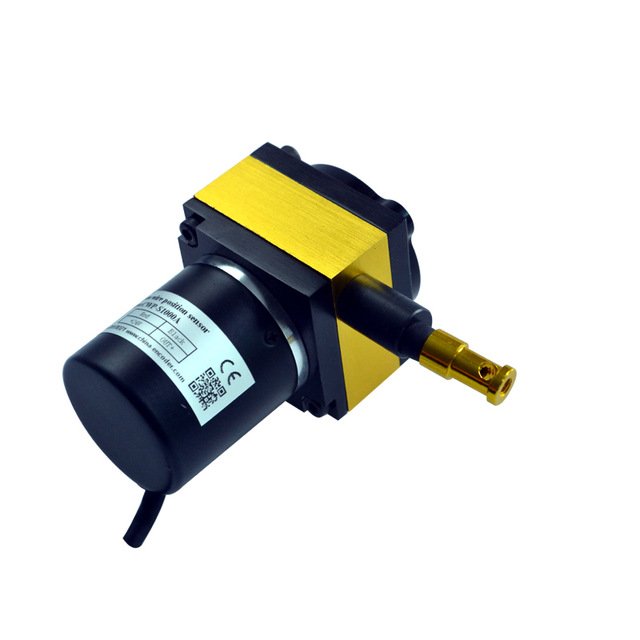DRAW WIRE SENSOR

Draw-wire sensor is a sensor that measures linear shift position using shift value approach that occurs with linear resistance value. The basic concept of draw-wire sensor installation is to determine the first two points consisting of reference point and relative shear point. The reference point lies in a location assumed to be stable (steady), from this point will be determined the relative shear value of the test point. In determining two sensor mounting points based on local geo-engineering information so that it can be ascertained a location that factually supports the monitoring process.
Between sensors with monitored points connected using elastic steel wire occupies two distinct areas, ie areas of constant soil type and areas of a volatile type (potentially friction) based on local geological characteristics of the soil. So the length of steel wire used there is no length determination (following the condition of the installation location), the note is the difference between the distance between the reference point measurement with the monitoring point does not exceed the maximum limit of sensor measurement.
The material of the potential draw wire type is the winding of the wire with a linear resistance to the length of the wire stretch. Potentiometer of this type has several advantages, namely:
- Does not cause carbon dust due to friction as happened to the carbon type potentiometer.
- Has a precise variable resistance value value because the resistance measurement is based on the measuring rod shaft for each winding of the wire with a relatively small resistance value. When enabled as a ground shift sensor.